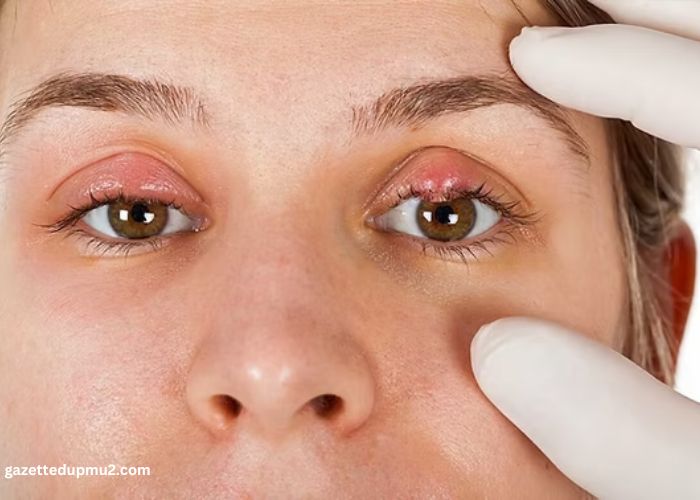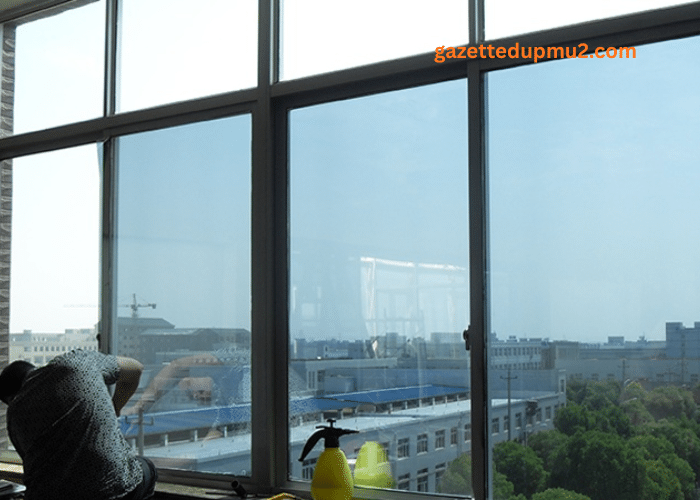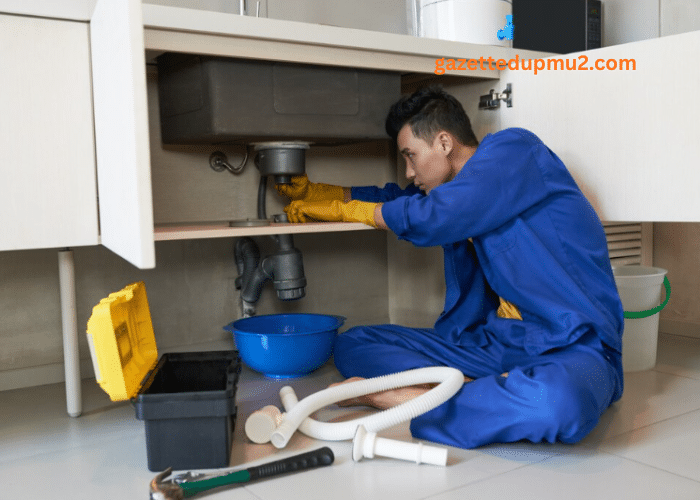Waking up to puffy upper eyelids can be frustrating and sometimes concerning. While often harmless, this common issue can affect appearance and, in some cases, hint at underlying health conditions. Puffy eyelids might result from anything as simple as a late night or as complex as an allergic reaction or medical issue.
Understanding the causes is key to finding the right solution. From lifestyle factors to medical treatments, there are plenty of ways to address and reduce puffiness. Knowing what triggers the condition can help in choosing effective remedies and preventing recurrence.
Why Do Puffy Upper Eyelids Develop Over Time?
Puffy upper eyelids occur due to changes in skin elasticity, fat distribution, and fluid retention. Aging reduces collagen production, causing the skin to sag and appear swollen. In some individuals, fat pads in the eyelids shift downward, creating a puffier appearance.
Genetic predispositions can also play a key role. If family members have naturally puffy eyelids, the likelihood of developing similar traits increases. Additionally, damage from UV exposure accelerates skin aging, worsening eyelid puffiness over the years.
Lifestyle factors like poor sleep, high sodium diets, or prolonged stress exacerbate fluid retention, leading to puffier upper eyelids. Allergies or chronic inflammation contribute further by irritating the surrounding tissue. If severe cases persist, some individuals may explore procedures such as Puffy Upper Eyelid Surgery for a more permanent solution.
Non-Surgical vs. Surgical Treatments for Upper Eyelid Puffiness
Non-surgical treatments target temporary or mild puffiness caused by factors like fluid retention or allergies. These include topical creams with caffeine or hyaluronic acid, cold compresses, and lifestyle modifications such as reducing sodium intake and improving sleep. For inflammation-related puffiness, antihistamines or corticosteroid creams may be recommended. These options provide gradual improvements and require consistent application to maintain results.
Surgical treatments address persistent puffiness caused by excess fat, skin sagging, or structural changes. Blepharoplasty, or puffy upper eyelid surgery, involves removing or repositioning fat deposits and excising surplus skin for a more defined eyelid contour. This procedure offers lasting results but entails recovery time and potential risks, including scarring or temporary swelling. It’s often chosen for moderate to severe cases where non-surgical methods prove ineffective.
Click here to explore more about surgical procedures and their transformative impact on upper eyelid aesthetics.
How Blepharoplasty Can Reduce Upper Eyelid Swelling
Blepharoplasty targets excess skin, fat deposits, and structural laxity contributing to persistent puffy upper eyelids. By precisely removing or repositioning fat and trimming sagging skin, this procedure effectively restores a smoother, more youthful contour to the eyelid area. Results often address the root cause of puffiness where non-surgical options fall short.
This surgical solution offers long-term improvement. Eyelid swelling caused by fat herniation or skin elasticity loss tends to recur without intervention. Blepharoplasty mitigates these underlying factors, producing results that last several years or more depending on individual aging processes.
The recovery period ranges from one to two weeks. Patients might experience temporary bruising, swelling, or irritation during healing. A board-certified surgeon ensures optimal outcomes with minimized risks. Individuals dealing with chronic or severe swelling from aging or genetic factors often consider this approach when seeking transformative results.
Those searching for “Puffy Upper Eyelid Surgery” options can explore blepharoplasty for functional and cosmetic benefits. It enhances vision obstructed by drooping eyelids and rejuvenates appearance, making it one of the most effective treatments for upper eyelid puffiness.
Can Lifestyle Changes Help with Puffy Upper Eyelids?
Adjusting lifestyle habits can reduce puffiness in the upper eyelids, especially when caused by temporary factors like fluid retention or poor circulation. Simple changes can improve both appearance and overall eye health.
-
Improve Sleep Quality
Ensuring 7-9 hours of consistent, restful sleep helps minimize morning puffiness. Elevated head positioning while sleeping prevents fluid accumulation around the eyes.
-
Reduce Sodium Intake
Limiting high-sodium foods, such as processed snacks and canned soups, decreases water retention that can contribute to swelling in the eyelid area.
-
Stay Hydrated
Sufficient water consumption, around 8-10 cups per day, prevents dehydration, which often leads to fluid retention and eyelid puffiness.
-
Manage Allergies
Addressing allergens with over-the-counter antihistamines or prescription treatments can reduce inflammation that contributes to swelling.
-
Limit Alcohol and Tobacco Use
Alcohol dehydrates the body, exacerbating puffiness, while smoking impacts collagen production, worsening skin sagging over time.
Combined lifestyle improvements often complement other solutions, including non-surgical treatments like cold compresses and topical products, enhancing their effectiveness. For more persistent cases, individuals might explore alternatives like puffy upper eyelid surgery.
Laser and Injectable Treatments for Upper Eyelid Puffiness
Laser and injectable treatments offer non-surgical alternatives for addressing upper eyelid puffiness. These methods target underlying factors like skin laxity and fat distribution, providing noticeable improvements without invasive surgery.
Laser Resurfacing for Skin Tightening
Laser resurfacing uses fractional or ablative lasers to stimulate collagen production, improving skin firmness and reducing puffiness caused by sagging skin. Suitable for mild to moderate cases, this treatment enhances upper eyelid smoothness, minimizing signs of aging. Results can last up to 12 months, depending on the type of laser and individual skin conditions. Recovery usually lasts seven to ten days, during which redness and mild swelling may occur.
Dermal Fillers for Fat Redistribution
Dermal fillers, such as hyaluronic acid-based injectables, address puffiness by restoring volume to adjacent areas, creating a balanced appearance. Administered by a professional, these fillers help contour the eyelid region, camouflaging minor bulges. Results typically last six to eighteen months, depending on the product used.
Botulinum Toxin for Wrinkle Reduction
Botulinum toxin injections reduce dynamic wrinkles around the eyelids, indirectly improving the perception of puffiness. These injections relax muscle activity, smoothing skin in the treated areas. The effects become visible within seven days and last approximately three to four months.
These treatments are ideal for individuals seeking temporary improvements or those not ready for Puffy Upper Eyelid Surgery. Consulting a board-certified specialist ensures safe application and optimal results.
Recovery Tips After Upper Eyelid Surgery in 2025
Proper care minimizes complications after puffy upper eyelid surgery and promotes optimal healing. Following these recovery tips can ensure smoother results post-procedure.
-
Manage swelling and bruising
Applying cold compresses during the first 48 hours reduces bruising and swelling. Patients should use compresses for 10–15 minutes per hour while awake.
-
Avoid strenuous activities
Refraining from heavy lifting, bending, or intense exercise for 10–14 days prevents strain on the surgical site. Light walking promotes circulation without increasing swelling.
-
Follow prescribed medication regimens
Taking prescribed antibiotics and anti-inflammatory medications reduces infection risks and manages discomfort effectively. Patients should avoid over-the-counter medications like aspirin unless directed by their surgeon.
-
Practice proper hygiene
Keeping the surgical area clean with a gentle cleanser or saline solution prevents infection. Patients should avoid rubbing or placing pressure on the eyelids during cleansing.
-
Use head elevation during sleep
Resting with the head elevated on two or more pillows decreases fluid accumulation in the upper eyelids. This positioning reduces swelling and accelerates healing.
-
Avoid smoking and alcohol consumption
Smoking and alcohol slow wound healing by impairing blood flow and hydration levels. It’s essential to abstain from these substances during the recovery period.
-
Adhere to follow-up appointments
Regular check-ins with the surgeon monitor healing progress and ensure that results align with expectations. Patients should report unusual symptoms like intense pain or unchecked swelling without delay.
Click here to learn more about long-term care following puffy upper eyelid surgery.
How to Choose the Right Treatment for Your Eyelid Concerns
Addressing puffy upper eyelids requires understanding the root cause and exploring suitable treatment options. Whether it’s adopting healthier lifestyle habits, trying non-surgical remedies, or considering surgical interventions, each approach offers unique benefits depending on individual needs.
Consulting with a qualified specialist is essential to determine the most effective path forward. They can assess the severity of the condition, recommend tailored solutions, and ensure safe application of treatments. With the right guidance, it’s possible to achieve noticeable improvements and regain confidence in your appearance





